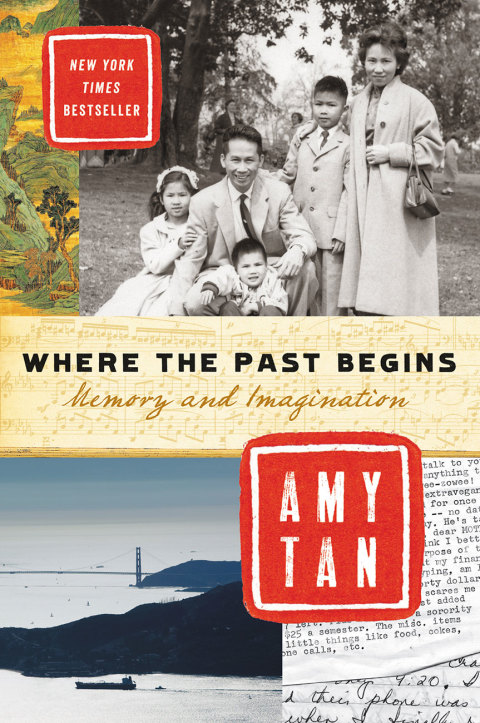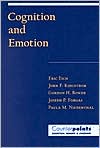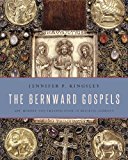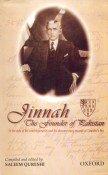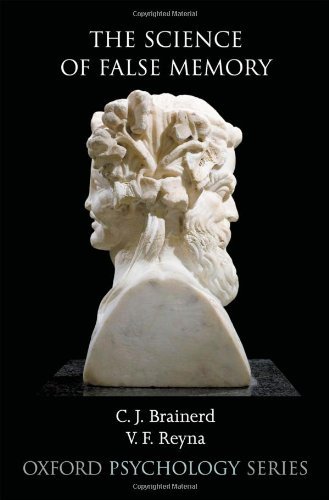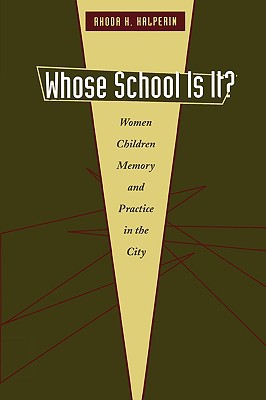Abraham Lincoln and the Forge of National Memory
Schwartz, Barry
Abraham Lincoln has long dominated the pantheon of American presidents. From his lavish memorial in Washington and immortalization on Mount Rushmore, one might assume he was a national hero rather than a controversial president who came close to losing his 1864 bid for reelection. In Abraham Lincoln and the Forge of National Memory, Barry Schwartz aims at these contradictions in his study of Lincoln's reputation, from the president's death through the industrial revolution to his apotheosis during the Progressive Era and First World War.
Schwartz draws on a wide array of materials—painting and sculpture, popular magazines and school textbooks, newspapers and oratory—to examine the role that Lincoln's memory has played in American life. He explains, for example, how dramatic funeral rites elevated Lincoln's reputation even while funeral eulogists questioned his presidential actions, and how his reputation diminished and grew over the next four decades. Schwartz links transformations of Lincoln's image to changes in the society. Commemorating Lincoln helped Americans to think about their country's development from a rural republic to an industrial democracy and to articulate the way economic and political reform, military power, ethnic and race relations, and nationalism enhanced their conception of themselves as one people.
Lincoln's memory assumed a double aspect of "mirror" and "lamp," acting at once as a reflection of the nation's concerns and an illumination of its ideals, and Schwartz offers a fascinating view of these two functions as they were realized in the commemorative symbols of an ever-widening circle of ethnic, religious, political, and regional communities. The first part of a study that will continue through the present, Abraham Lincoln and the Forge of National Memory is the story of how America has shaped its past selectively and imaginatively around images rooted in a real person whose character and achievements helped shape his country's future.
Publishers Weekly
There have been many studies of Lincoln's life and how it has come to be perceived in the minds of Americans, the best being Merrill Peterson's Abraham Lincoln in American Memory (1994). Schwartz's scholarly account manages only to be a workman-like job of surveying the power of Lincoln's image since 1865. Unlike Peterson's user-friendly book, Schwartz's volume appears to have been written with an academic readership in mind: a scholarly dryness permeates the prose. Nevertheless, Schwartz, a professor of sociology at the University of Georgia, hits all the important points on his way to a larger argument about memory and history. He contends that the common view of Lincoln changed over time alongside changes in national interests and priorities. In the Progressive era, for example, Lincoln was lauded as a common man who rose to the White House despite all obstacles; during the mid-20th-century civil rights struggle, on the other hand, he was known as the Great Emancipator. Lincoln buffs might protest that Schwartz then uses up too much space talking about the sociology of collective memory as represented in the work of scholars like Charles Horton Cooley and Emile Durkheim--but they'd be missing the point. Ultimately, this is not a book about Lincoln as a man or a symbol. It's a study that uses the American commemoration of Lincoln as a vehicle for studying the whims and whiles of national memory. As such, it is a success. (July) Copyright 2000 Cahners Business Information.|
| Name in long format: | Abraham Lincoln and the Forge of National Memory |
|---|---|
| ISBN-10: | 0226741974 |
| ISBN-13: | 9780226741970 |
| Book pages: | 382 |
| Book language: | en |
| Edition: | 1 |
| Binding: | Hardcover |
| Publisher: | University of Chicago Press |
| Dimensions: | Height: 9 Inches, Length: 6 Inches, Weight: 1.653466965 Pounds, Width: 1.2 Inches |






